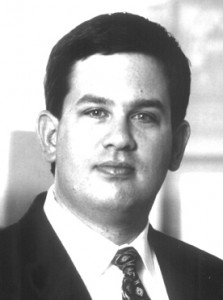When presenting an opportunity to investors, entrepreneurs usually begin by describing their invention and explaining why people need it. Next they present the financial team’s projections about what customers would probably pay for the product or service and what the entrepreneurs want to charge. They end by introducing the entrepreneurial team and detailing members’ credentials.
This approach is the inverse of what venture capitalists like me care about and consider when evaluating an investment. I want to hear about a venture the way I want to read a book or watch a movie: I want a story. Who are the protagonists and the other main characters? What goals do the characters hope to achieve, and how valuable would the goal be if it’s reached? What challenges do the characters anticipate and how will they respond to them? Finally I want to know my role so I can decide if I want the part.




